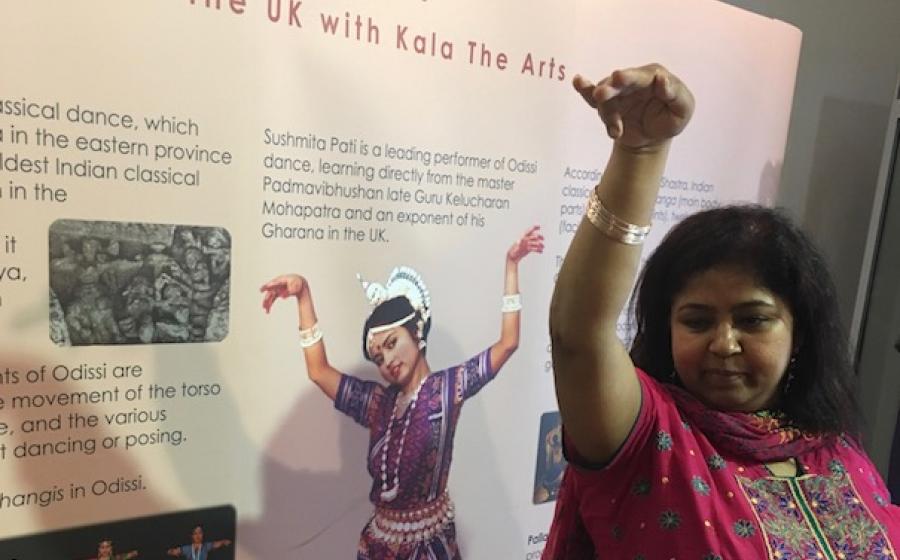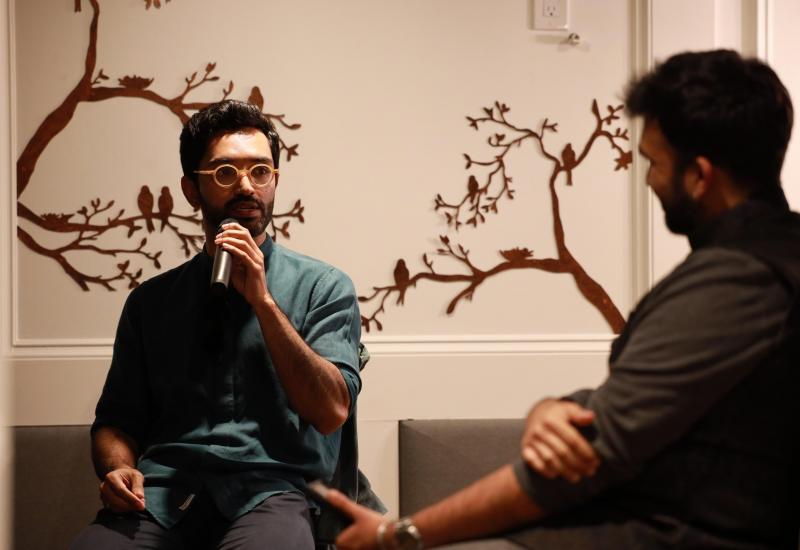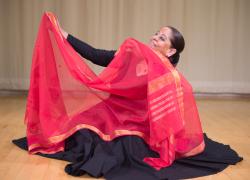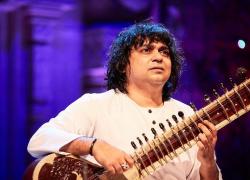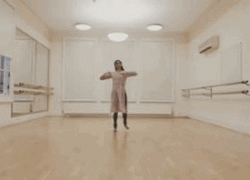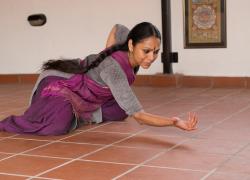In Conversation with Sushmita Pati
Odissi dancer Sushmita Pati is celebrating the twentieth anniversary of Kala The Arts, the organisation she set up and directs based in Basingstoke, Hampshire. To mark the occasion, she has mounted a modest exhibition which gives a background of the odissi form and traces Sushmita’s journey from arriving in the UK in 1986 to her founding Kala The Arts in 1998. Her efforts to transplant the form which grew out of the temples in East India into the English home counties is not a walk in the park.
Sanjeevini Dutta went to Eastleigh Museum to see the exhibition and find out more about the artist.
Sushmita Pati was born and raised in Rourkela, a ‘steel town’ in the state of Jharkhand, formerly Bihar. Her parents were artists: father a chaau performer and kathak teacher and mother a singer of Hindustani classical. The mention of her parents peppers her conversation, which is hardly surprising as she grew up within a dance school run by her father Padmashree Shyama Charan Pati, a striking man judging from photographs, and her Tamilian mother Sarojini who taught Hindustani singing. There was not a household in Rourkela who hadn’t received dance or music tuition from either one of her parents – the Pati family were so well integrated into the life of the community.
It was a meeting with Sanjukta Panigrahi, the legendary odissi dancer and vocalist husband Raghunath Panigrahi, that opened a window. The dancer-singer couple had started touring throughout India and internationally, bringing the relatively unknown style of odissi to the public’s attention. The impression left upon the imagination of young Sushmita and her parents was the magnet that eventually drew her to odissi alongside her training in kathak. Soon an odissi teacher arrived and took residence in the town. Dhrub Charan Biswal was the first and only odissi teacher in Rourkela. He began teaching Susmita aged nine.
Sushmita recalls an amusing incident from her early training: at the dance school’s annual event she performed an odissi item, to polite applause, but the kathak dancer Anju Sharma ‘got all the claps’. She was mortified and had to stand her ground until audiences began to better appreciate odissi and the small odissi class gradually grew in numbers.
Through her dance training, Sushmita pursued her academic studies at the local College. She studied Economics, Politics and English for a Bachelor’s degree. She went on tours organised by the Rotary and Lions Clubs to Nepal, Thailand Sweden and Germany. Sushmita also took opportunities to attend workshops run by Guru Kelucharan Mohapatra.
During a trip to the UK 1986, with her parents, Sushmita was invited to perform at the Bhavan. She decided to return to the UK to pursue a Masters in Ethnomusicology at Goldsmith’s College, combining her degree with working as a community dance officer with Akademi.
Marriage in 1994 brought Sushmita to the Hampshire town of Basingstoke. She took the chance of returning to Bhubaneshwar before her child was born to undergo intensive training with Kelubabu in 1996-7.
So, despite her parents’ wish for her not to pursue dance as a full time career, Sushmita finds herself following their footsteps. ‘I don’t know many people outside my dance class,’ she confides, ‘they are my family’.
Sushmita teaches children and adults both in Basingstoke and in Reading. She has over twenty-five students who attend class on a regular basis, though none has yet taken dance up professionally. ‘Teaching those with few cultural ties to the form, if any, and in a predominantly rural area, has meant I have had to adapt my teaching methods and expose my students to other odissi dancers and visiting artists. Listening to music, singing, reciting, and above all, visual displays all help. It is still a struggle to get students to have odissi movement in their body with once-a-week classes.”
When I ask her where she finds her inspiration, she tells me that ‘Ma’s support gave me the love for it’. Her mother asking her to demonstrate a new movement learnt and the mother’s delight was the encouragement she craved and found. But above all the singing of Raghunath Panigrahi and the live music which creates the interaction between the dancers, musicians and the audiences, is the thrill that will never fade for this artist.
Pulse wishes Sushmita Pati and Kala the Arts many more successful decades ahead.

